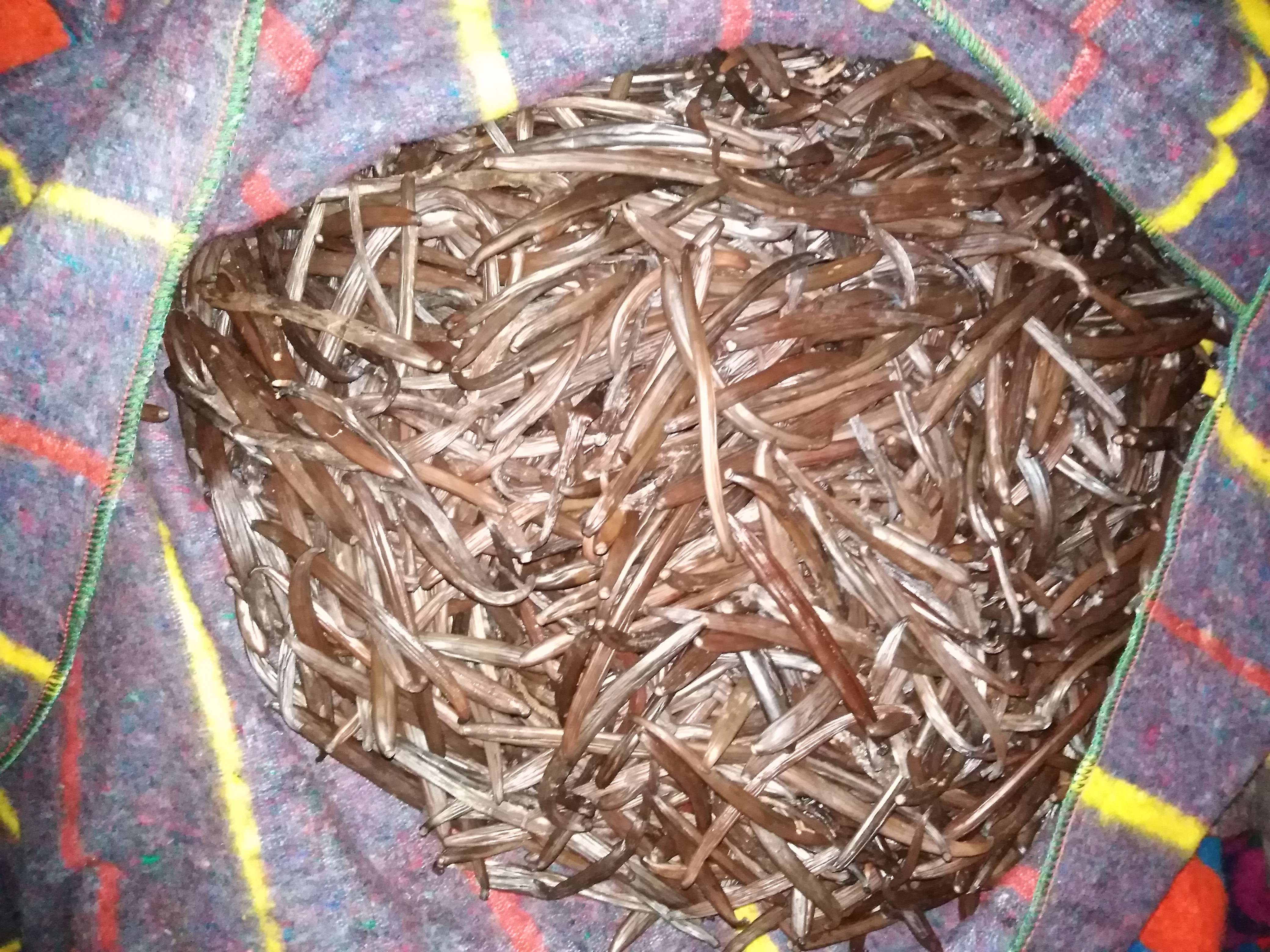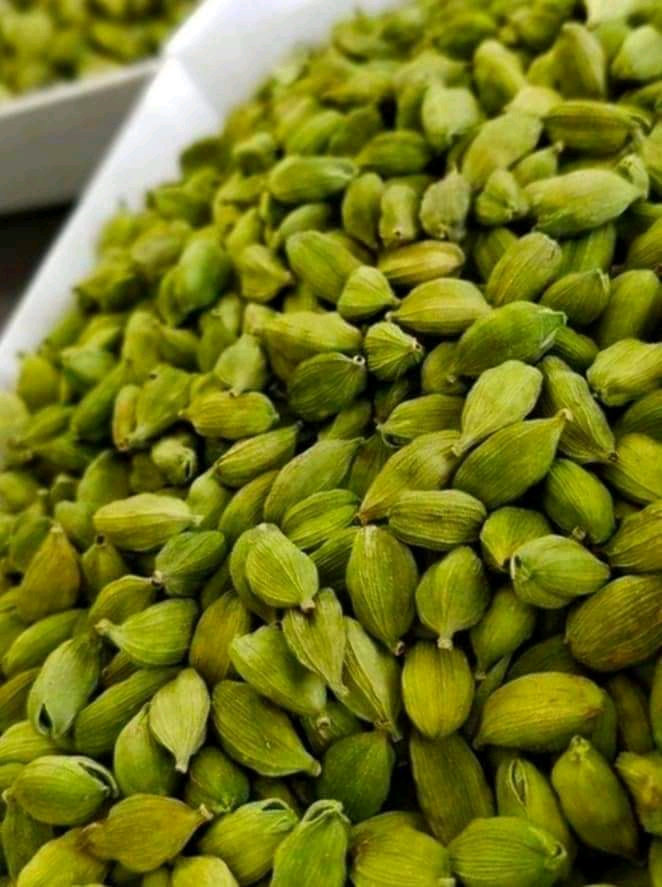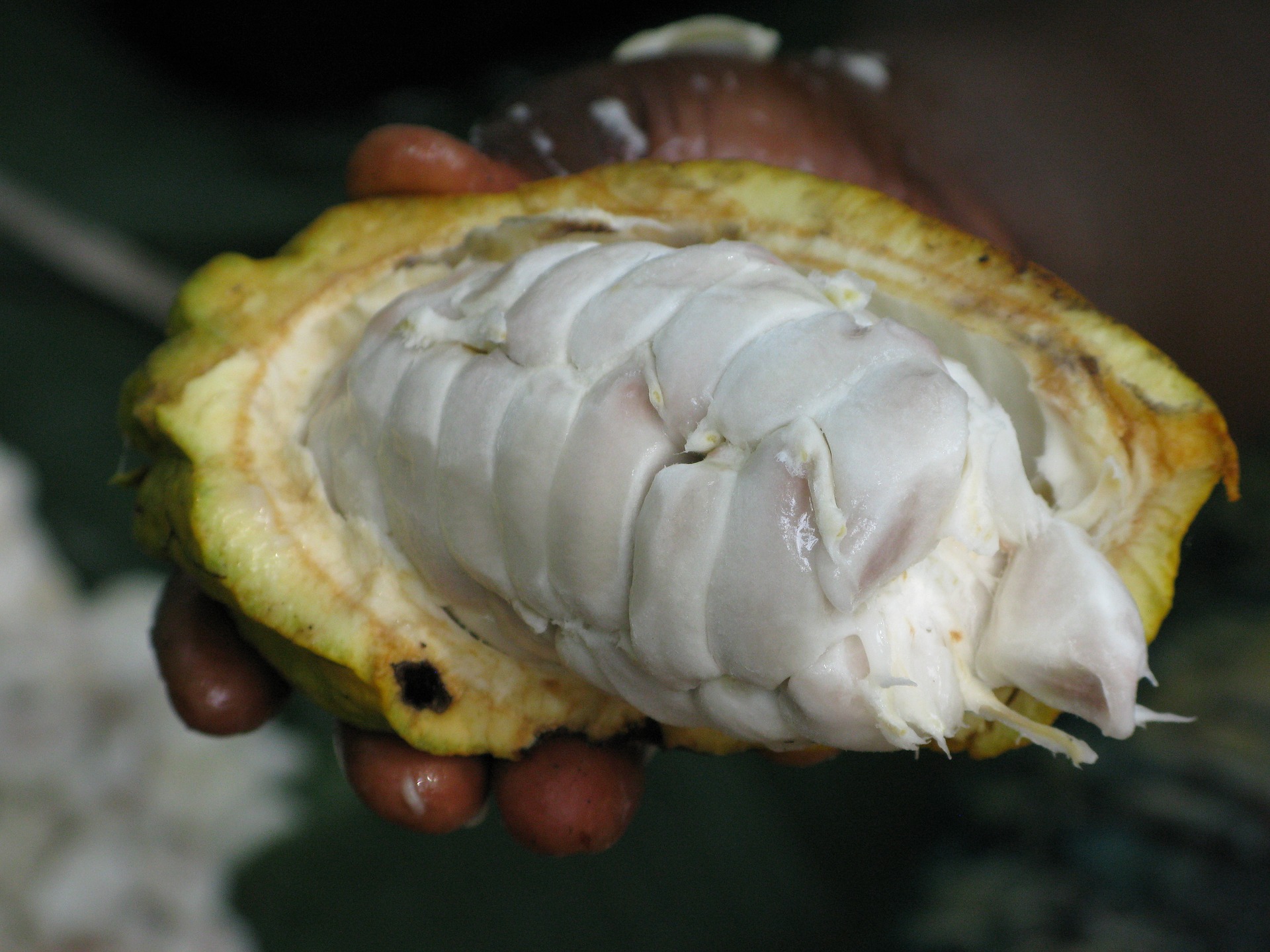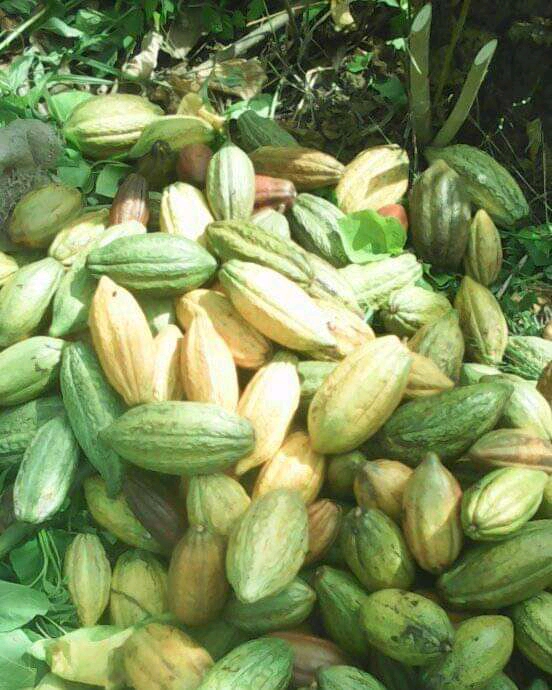Arabica Coffee production systems In Uganda
by Edwin
(Tell or Whatsapp: +256-772238575 E-mail: info@flawlessconsultsug.org)

Arabica Coffee Intercropping
There are two types of Arabica Coffee growing i.e. mono-cropping (pure stand) and inter-cropping (mixed stand). Each system has its own advantages and disadvantages.
Click here to inquire or buy arabica coffee from Uganda in Uganda
Mono-cropping is an agricultural practice of growing coffee as a single crop or pure stand on one piece or plot of farmland.
What are the advantages of Arabica coffee mono-cropping while in Uganda?
-The coffee growing requirements, planting, maintenance including pest control and harvesting are conducted on the same crop across the farmed land. This will help you lower the cost of production.
-Mono-cropping makes it much easier you to cultivate one kind of crop, in terms of the knowledge and experience needed to do it successfully.
-Requires less labour or you could say mono-cropping is not labour intensive.
Click here to inquire or buy arabica coffee from Uganda in Uganda
What are the disadvantages of Arabica coffee mono-cropping while in Uganda?
-You may lead to food insecurity. While increased coffee yields are campaigned for, need for food to feed the households is critical.
-Growing the same coffee crop year by year depletes valuable soil nutrients that plants rely on and hence this deficiency must be compensated for by increasing amounts of fertilizers. This can be costly and hectic in the long run.
-You can experience a high livelihood risk in case of crop failure.Inter-cropping System
Inter-cropping also known as mixed cropping or co-cultivation is a type of farming that involves planting coffee plus one or more other different crops in the same field. While the coffee is still young, there is an area of land between the young coffee trees, which can be utilized to grow various crops, mainly food crops. Recommended inter-crops for coffee in Uganda include bananas, non-climbing Phaseolus beans, soy-beans, groundnuts and tomatoes.
However, these must be confined to the central 2m of the inter-row, leaving a clear 0.5m between them and the coffee tree.Two crops can be grown per year during the first two years but it important to note however, that growing beans on the same plots, particularly in the humid areas, may result in serious problems of aphids. This practice therefore, should be avoided. Maize, cassava and potatoes are high nutrient demand crops and are therefore not recommended.
The coffee banana inter-cropping is a major type of coffee system in Uganda that is encouraged. During the phase of early establishment, bananas, which are a permanent crop commonly grown with coffee, may be established. The banana will provide shade for the young coffee in the early years while at later years the fallen banana leaves proved mulch cover and manure for coffee.
However, if planted in large numbers, bananas may compete with coffee plants for nutrients. For this reason, a banana/coffee ratio of 1:4 is recommended until results of ongoing research are validated. In this combination, each banana plant would shade four coffee bushes and each coffee bush would be shaded by only one banana plant.
Click here to inquire or buy arabica coffee from Uganda in Uganda
Join in and write your own page! It's easy to do. How? Simply click here to return to Uganda Coffee.
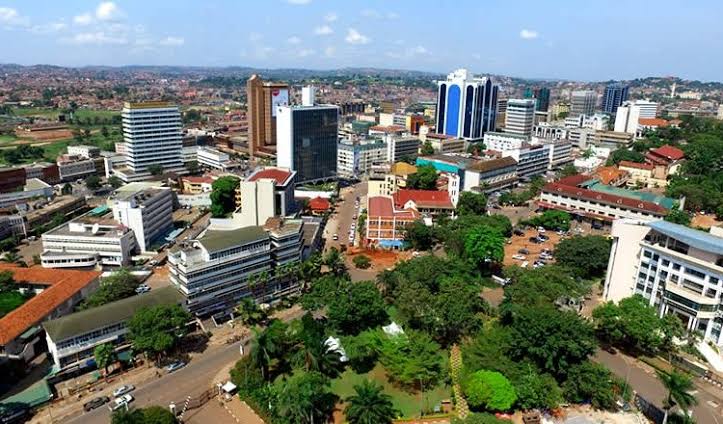 Aerial View Of Kampala City
Aerial View Of Kampala City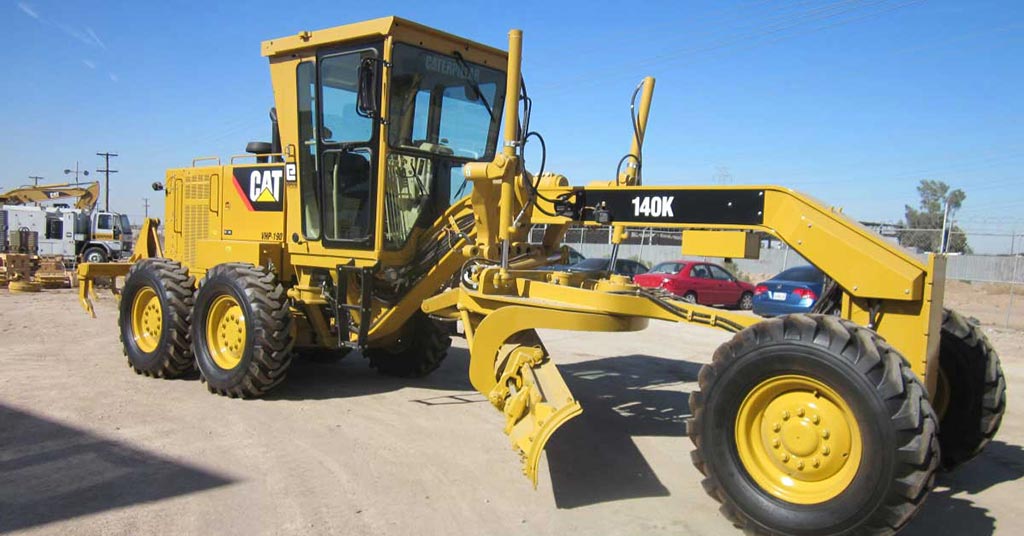 Buy A 140K Grader In Uganda
Buy A 140K Grader In UgandaFor inquiries or Orders:
Contact Us On:-
E-mail: Info@flawlessconsultsug.org
Or
Call/Whatsapp Us on: +256-772 238575



